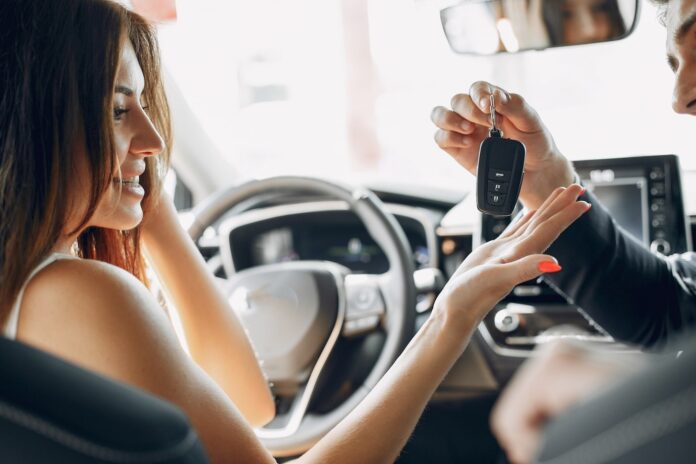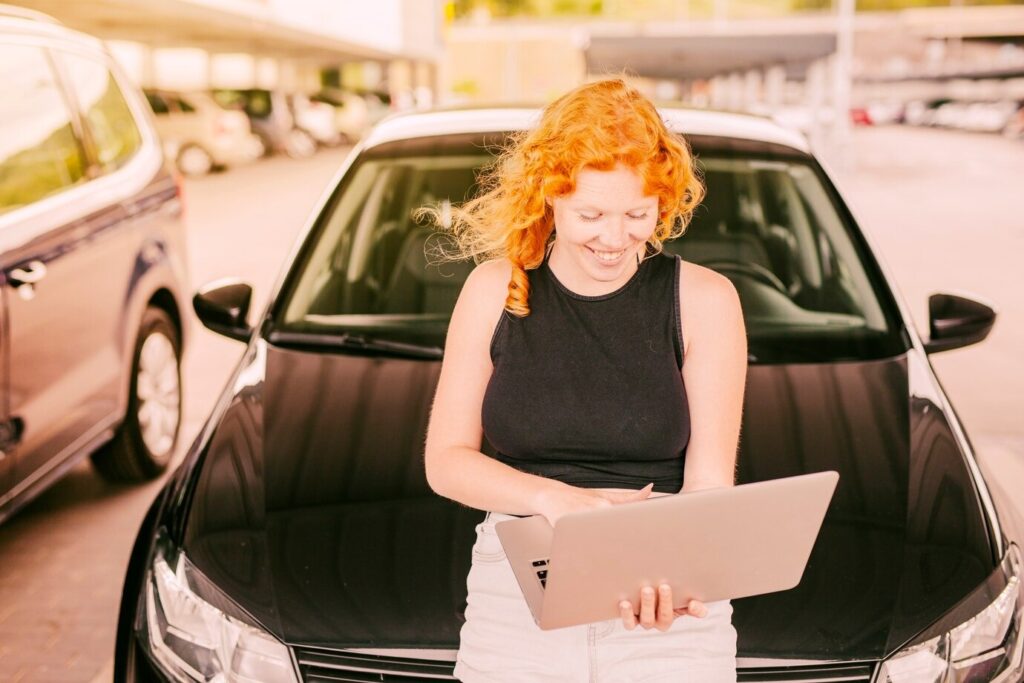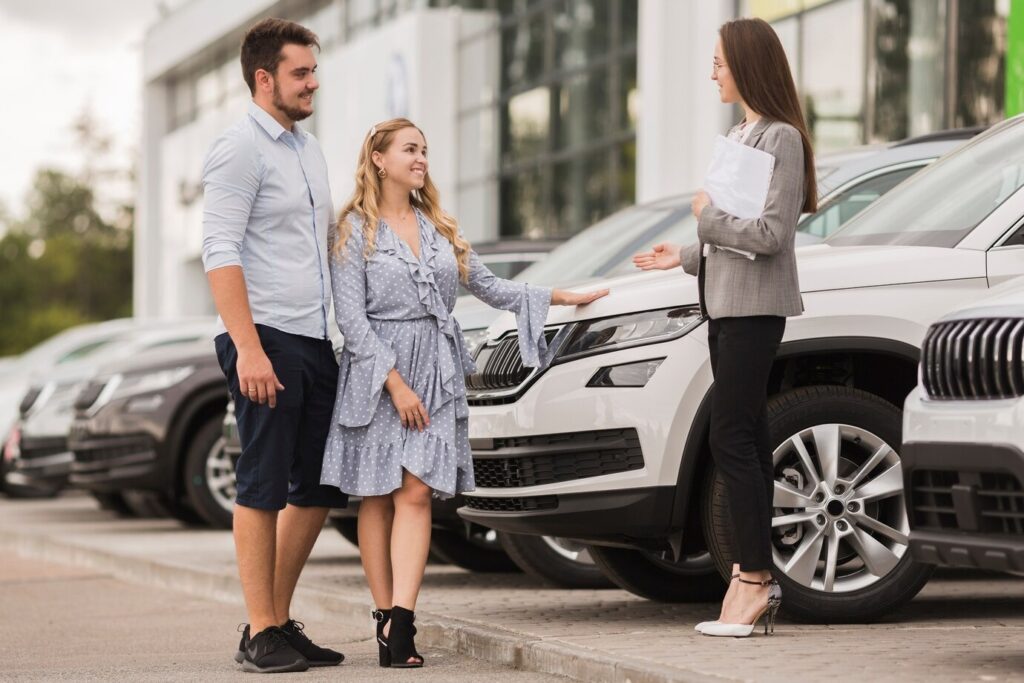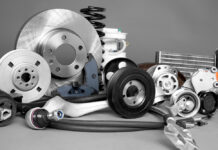
Buying used? There’s a lot to consider, naturally. And, of course, there’s no quick or easy way to say whether a second-hand car will be right for your needs. Following this thought, we’ve outlined ten must-follow steps in today’s guide to help you pick out the perfect used car for your needs.
Ten Steps to Follow When Buying a Used Car
Large spends should never be something you decide on a whim. Naturally, buying a second-hand car falls perfectly into this category, too. But what steps should you be following to inform your decision?
Well, the following points are all worth keeping in mind to help you pick a car that will serve you well.

- Start by defining your core requirements from a new vehicle. This simple step can help you pick out the right model of car for your needs.
- Consider the age and mileage you’d like your new vehicle to be. The older the vehicle and the further it’s gone, the lower the cost will likely be; however, remember that you may face higher repair bills with a harder working vehicle.
- Run a number plate check to verify that the car history is genuine. So long as you’re happy with everything else, this should provide the final reassurance you need to go ahead. If there are any warning flags on the history check, though, don’t hesitate to ask the seller.
- Choose where to look for your new car carefully to ensure you’re making the right choice. Not all online selling sites are genuine; furthermore, the number of unscrupulous sellers is rising, so be sure to start with a platform that’s less likely to be risky. From there, taking steps to verify each seller is crucial.

Source: freepik.com - Look for vehicles that match your specifications. Once you find one, try to do a little research to ensure that the car will be right for you; if it’s not, don’t be afraid to keep looking. New second-hand listings go up all the time. So, if there’s not something right today, there might be tomorrow or next week.
- Once you’ve found the right car, always ask the seller for extra photos. It might seem unnecessary, but asking for photos of specific parts of the car can help ensure that the seller actually owns (or has access to) the vehicle. This is vital, since it’s not uncommon for scammers to simply steal someone else’s photos when making a listing.
- View the car in person before you hand over any money. Even if you’re happy with the photos, it’s worth double-checking just to be extra sure. After all, photos can hide a lot (be that accidentally or otherwise).
- See if you can take the car for a test drive to see how it runs. Most dealers will allow this if you have the relevant paperwork in place; private sellers may naturally be more wary, though. If the owner isn’t willing to let you test drive it, at least ask whether they might be able to show you it is running themselves.
- Pay for the vehicle and receive the logbook. Keep in mind that some payment methods may have more protections than others.
- Enjoy your new car!

Enjoy Your New Set of Wheels
Hopefully, by now, you should have a better idea of what you’re looking for from your second-hand car. With that being said, though, the hard work has likely only just begun at this point; so, always keep today’s tips in mind to inform your final decision.
And, if you find yourself in need of a little extra clarity, be sure to run a car history check early on just to be sure. This simple check can often be enough to help protect your purchase and verify whether (or not) a purchase is genuine.








